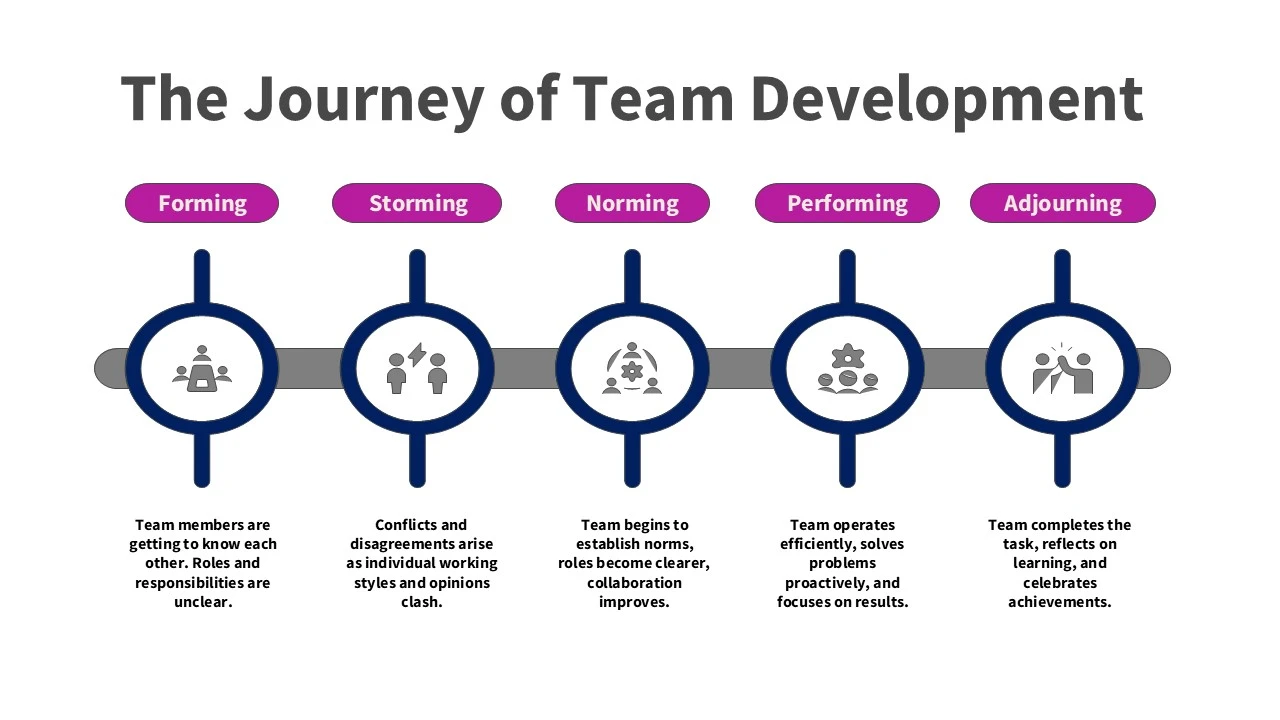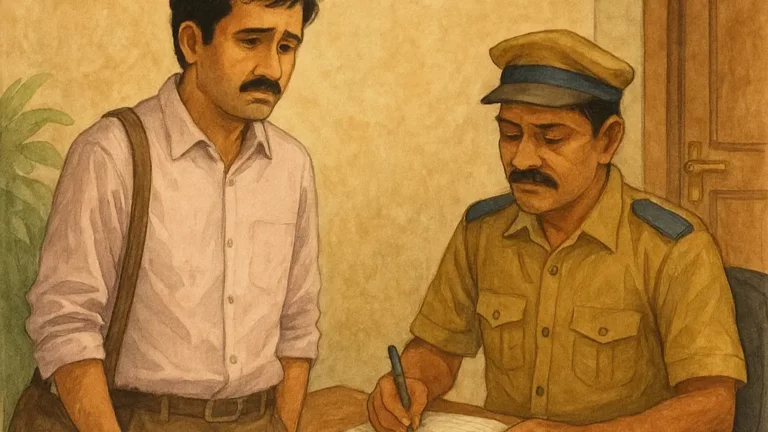Why Smart Teams Still Struggle?


Here’s a truth that many leaders quietly worry about:
Why do some projects, even when led by the best and brightest people, end up becoming slow, confusing, and stuck?
Let’s start with a real story.
A company forms a new team to launch an innovative digital product. Members are carefully selected from Sales, Marketing, IT, Compliance, and Customer Service. Every person on this team is an expert. All are trusted performers in their functions.
At first, everything looks promising.
But soon, cracks begin to show.
IT insists on adopting a new tool that no one else prefers. Sales pushes for a fast market launch. Compliance demands rigorous checks and documentation. Marketing feels excluded from critical technical discussions. Customer Service raises concerns about managing customer complaints after the product is live.
Team meetings remain polite. People smile, nod, and exchange courtesies. But beneath this surface calm, discomfort quietly builds. Decisions are delayed. Important emails are missed. Responsibilities are unclear. Slowly, team members slip into working in isolation, unsure about who is doing what. Frustration spreads but no one raises it openly. Deadlines slip. Progress slows.
The leader begins to wonder.
These are my best people. What is going wrong?
Why is the team so busy but not moving forward?
Is this a people problem or something else?
The real answer is neither about individuals nor their abilities. It is about the invisible process that every team naturally goes through. Great people alone do not automatically create great teams.
The Natural Phases of Team Development
What is happening here is not accidental. This team, like every other, is passing through a series of natural and predictable phases. Yet most managers are unaware of this process, so they fail to guide their teams through it.
Bruce Tuckman’s Team Development Model explains this very process. Before exploring how this framework solves the issues listed above, here is a quick background.
Tuckman introduced a simple and powerful idea: every team must pass through five distinct stages before it can work together effectively. These stages are called Forming, Storming, Norming, Performing and Adjourning.
When managers understand these stages and consciously manage the team through them, confusion reduces, collaboration improves and progress becomes natural.

Let’s revisit the story to see how each issue reflects these stages and how the leader can solve them.
Phase 1: Forming – When Everything Feels Polite but Unclear
In the beginning, the team appears enthusiastic. Everyone is courteous and avoids disagreement. But under this surface politeness, important questions remain unanswered.
Who exactly is responsible for what? How will decisions be made? What does success truly look like?
People pretend to understand, waiting for clarity that never arrives.
What should the leader do here?
Clarify roles and responsibilities. Clearly explain how decisions will be made. Ask simple but critical questions such as “What are we expecting from each other?” and “What does success look like for this team?”
Phase 2: Storming – When Differences Surface
Soon after, real differences begin to emerge.
IT pushes for an unpopular tool. Sales wants speed while Compliance demands thoroughness. Marketing feels left out. Customer Service worries about post-launch problems.
This tension is natural. It is the Storming phase.
Many leaders mistake this as failure and panic. But this is simply part of the team’s development journey.
What should the leader do here?
Encourage open, honest but respectful conversations. Provide a safe environment where differences can be discussed without fear. Guide the team to establish clear ways to manage conflict.
If handled well, Storming builds trust.
Phase 3: Norming – When Rhythm Begins to Form
After tough but necessary conversations, the team starts to find its rhythm.
Roles become clearer. Decision-making processes are agreed upon. Workstreams are defined. Updates are shared consistently. Meetings improve. Listening increases. Collaboration starts to feel natural.
What should the leader do here?
Support and reinforce these new habits. Acknowledge what is working well. Make minor adjustments early to prevent future issues. This is where teamwork truly begins to take shape.
Phase 4: Performing – When the Team Reaches Its Best
Now the team starts performing at its best.
Help is offered before being asked. Problems are raised and resolved quickly. Deadlines are met with ease. Decisions are made smoothly. The energy shifts from managing the team to delivering results.
What should the leader do here?
Step back and allow the team to lead itself. Remove any obstacles that appear. Celebrate wins and progress regularly. A performing team needs freedom, not control.
Phase 5: Adjourning – When the End Matters as Much as the Start
Finally, the project concludes. The product is launched. Goals are achieved.
But the story is not over. If the team dissolves without reflection, members leave drained rather than proud. Valuable lessons are lost. Future projects miss the chance to benefit from experience.
What should the leader do here?
Conduct a proper closure meeting. Recognise every member’s effort. Document successes and improvement areas. A thoughtful ending builds a strong foundation for future teamwork.
Why Tuckman’s Model Can Save Your Next Project
Tuckman’s model is simple yet profound.
Most managers skip these stages because they seem invisible. But those who understand them enjoy a huge advantage.
They know that struggles are natural, not signs of failure. Conflict means progress, not disaster. Teams need time and guidance, not just talent.
When your next project feels stuck, ask:
Are we still forming and unsure of roles?
Are we storming and struggling with differences?
Are we norming and building new habits?
Are we performing at our best?
Or are we ready to adjourn and reflect?
This small check can completely change the way you lead.
It’s Not About Fixing People
The biggest mistake leaders make is trying to fix individuals when the real issue lies in the team’s stage of development.
Great teams are not created by luck or talent alone. They are built patiently, phase by phase.
If you guide your team through these natural stages, real progress becomes possible — even enjoyable.
So the next time your smart team feels stuck, pause and remind yourself:
It’s not the people.
It’s the process.
And the right process can transform any good team into a great one.






Responses